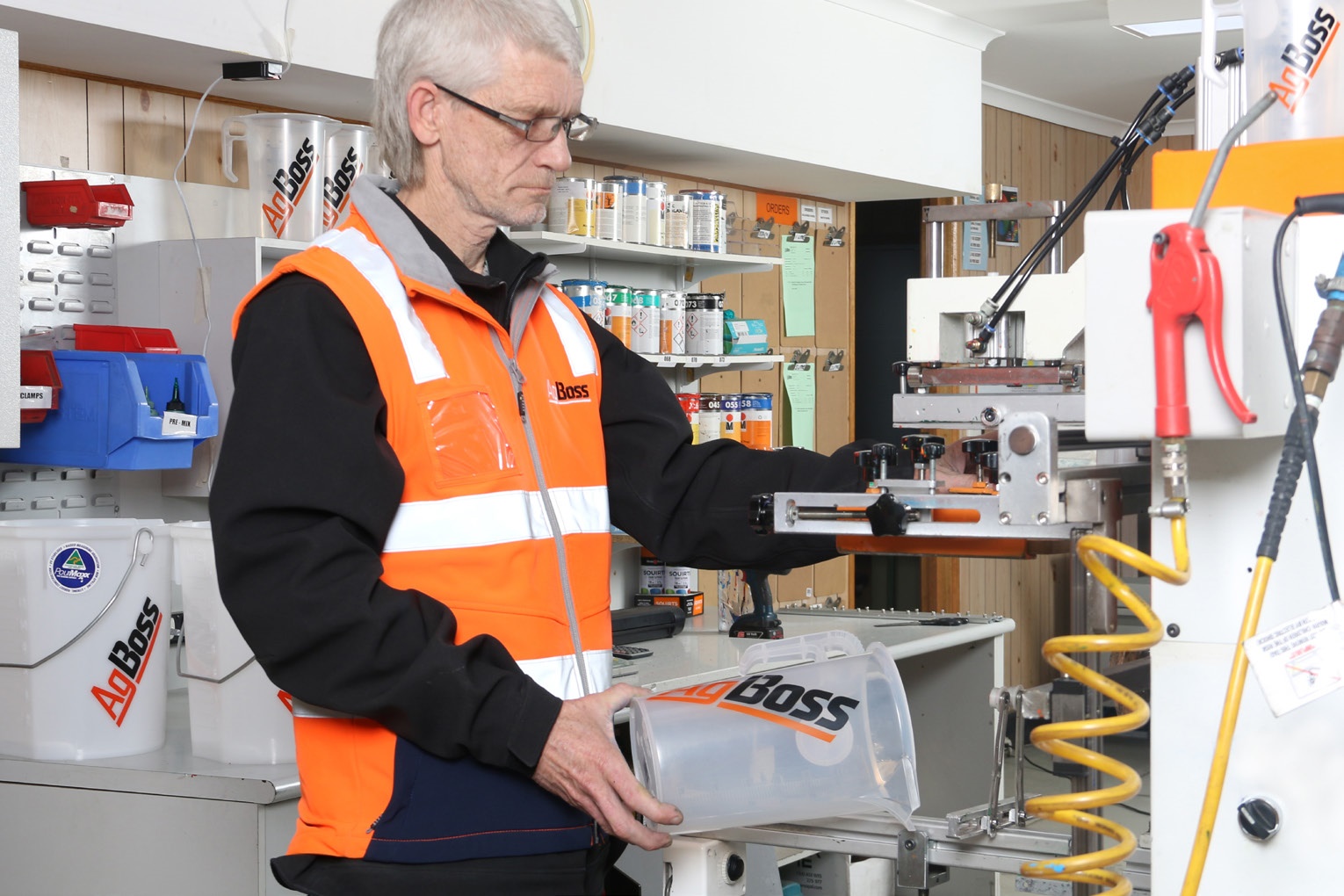How does screen printing work?
Author: Scott Jensen Date Posted:5 April 2023
How does screen printing work?
Spot Colour Screen Printing is a versatile and widely used method for creating vibrant and precise colour prints on various materials, such as textiles, paper, and plastics. Unlike other printing techniques that reproduce a full spectrum of colours using halftones or process colours, spot colour screen printing focuses on reproducing individual, pre-determined colours, known as spot colours. This approach ensures colour consistency and accuracy, making it ideal for reproducing logos, graphics, and other design elements that require specific, unaltered hues. The spot colour screen printing process can be broken down into several essential steps:
- Artwork Preparation:
- The first step in spot colour screen printing involves preparing the artwork or design. Digital files containing the design should be separated into individual layers, one for each spot colour. These layers are then used to create film positives, which are transparent films with opaque designs that block light, allowing only the desired pattern to be transferred onto the screen.
- Screen Preparation:
- Screen printing requires a mesh screen stretched tightly over a frame. The mesh count, which refers to the number of threads per inch, influences the level of detail achievable in the final print. Higher mesh counts are suitable for finer details, while lower counts are better for bold, simple designs. Before applying the design to the screen, it must be coated with a light-sensitive emulsion, which hardens when exposed to ultraviolet (UV) light.
- Exposing the Screens:
- Each film positive is placed on top of its corresponding coated screen, and then the assembly is exposed to UV light. The light hardens the emulsion, except where the opaque design on the film positive blocks it. Once exposed, the screens are washed with water to remove the unhardened emulsion, leaving a stencil of the design on the mesh.
- Setting Up the Press:
- In spot colour screen printing, a separate screen is needed for each colour in the design. Each screen is carefully aligned and secured to the printing press, ensuring proper registration and accurate colour placement. The press can be manual, requiring the printer to push the ink through the screen with a squeegee, or automatic, which uses mechanical systems to perform the printing process.
- Ink Preparation:
- The specific spot colours required for the design are mixed using predetermined colour formulas, ensuring accurate and consistent colour reproduction. The ink used in screen printing is typically thicker than in other printing processes, allowing for vibrant colour application and better coverage on various substrates.
- Printing:
- Once the press is set up and the inks are prepared, the printing process begins. The substrate, such as a t-shirt or poster, is placed on the press, and the screen with the first colour is lowered onto it. Ink is then applied to the screen and pushed through the stencil onto the substrate using a squeegee. The press rotates or moves the substrate to the next screen, where the process is repeated with the next colour. The order in which the colours are applied can impact the final print, so careful planning is necessary to achieve the desired results.
- Curing:
- After all colours have been applied, the printed substrate must be cured, or dried, to ensure the ink sets and bonds to the material. This is typically done using a conveyor dryer or heat press, depending on the substrate and ink type. Proper curing is crucial for the durability and longevity of the printed design.
In conclusion, spot colour screen printing is an effective and popular method for creating vibrant, accurate colour prints on a wide range of materials. By understanding the various steps involved in the process and carefully executing each stage, printers can produce high-quality, consistent results that meet the demands of clients across numerous industries.

